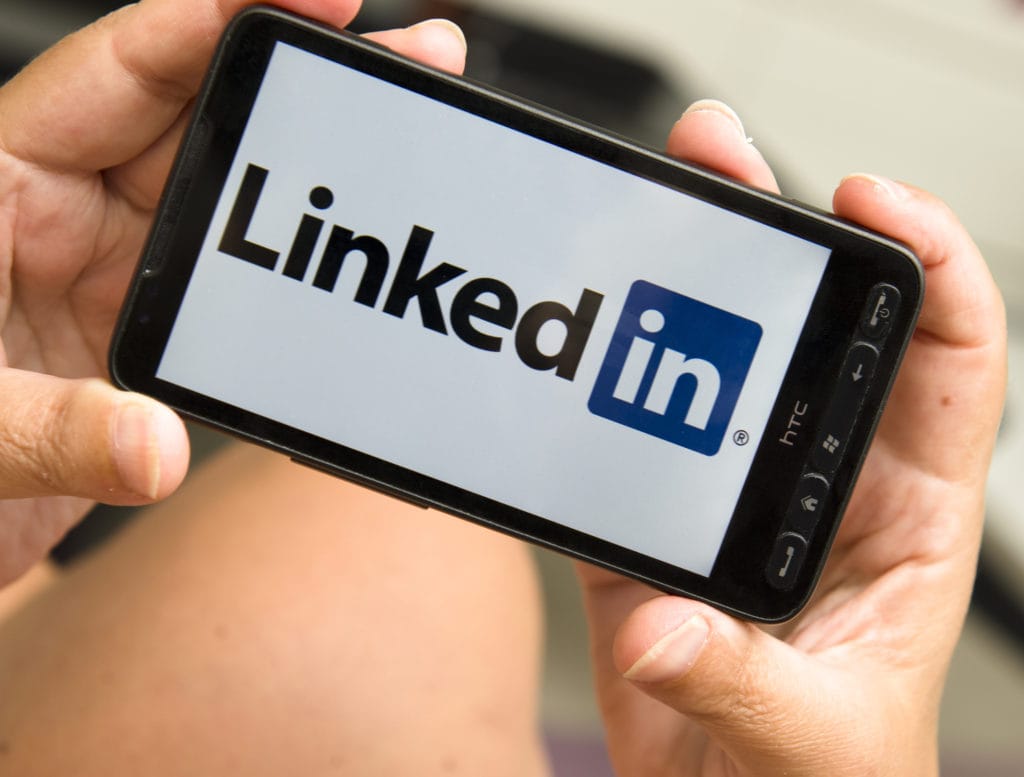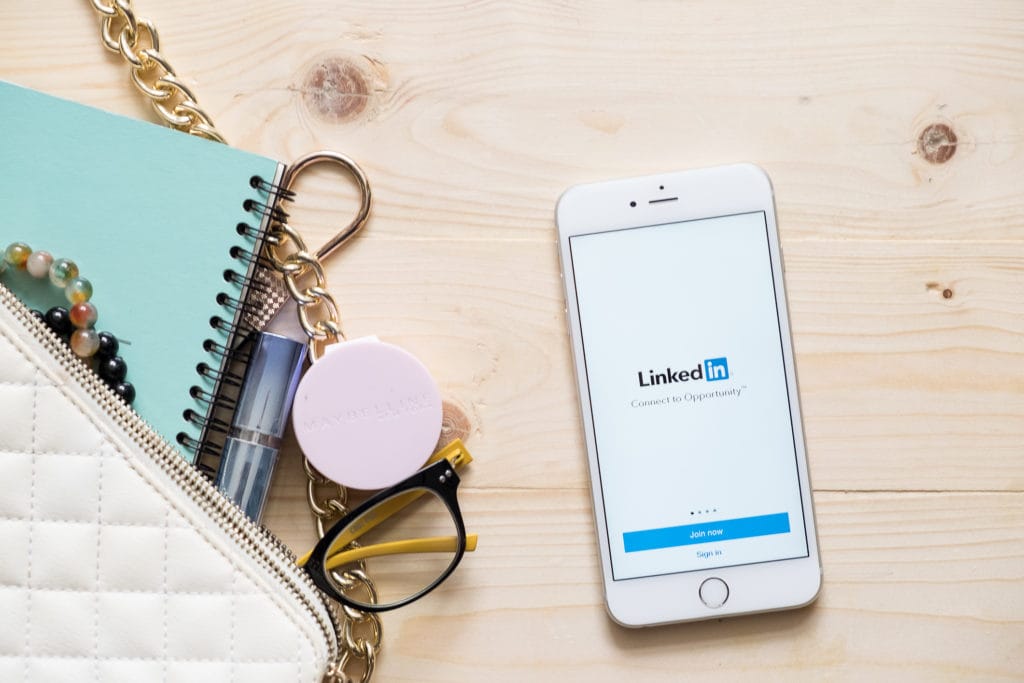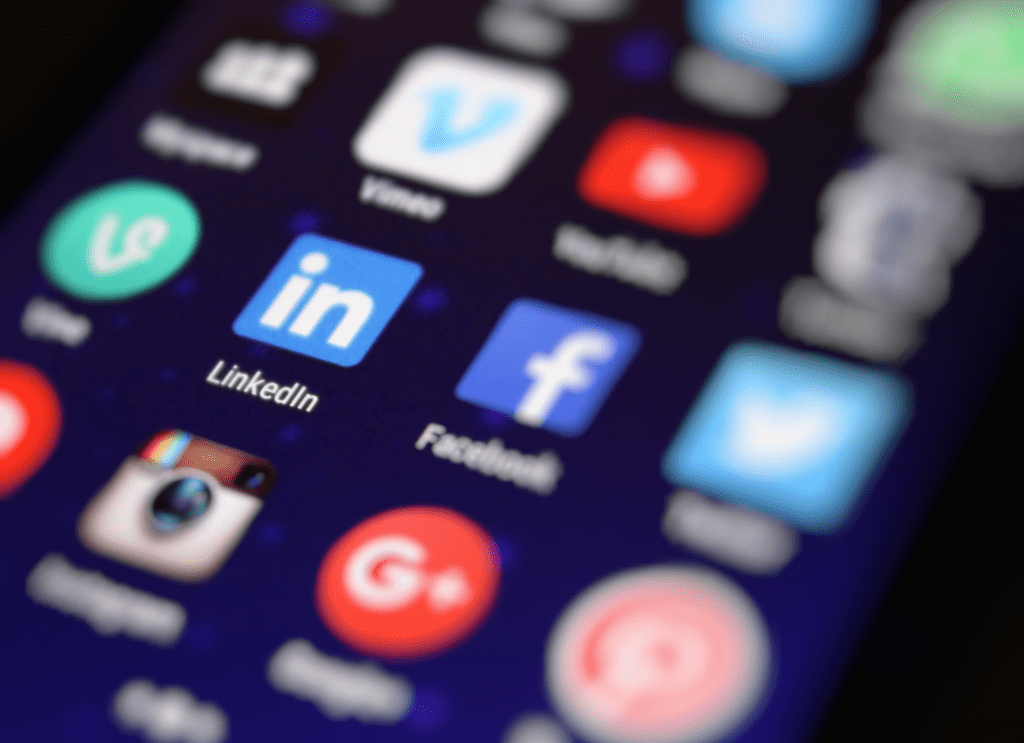linkedin strategy
A Closer Look at LinkedIn Live
LinkedIn Live is a feature on LinkedIn that allows individuals and organizations to broadcast live video content to their network. This platform is ideal for hosting real-time discussions, interviews, and presentations, enabling direct engagement with professional audiences. It’s a powerful tool for thought leadership, brand promotion, and community building, offering interactive elements like Q&A sessions,…
Keys to Running a Successful LinkedIn Group
If you want to or are already using LinkedIn to connect with your ideal clients and prospects, you may want to consider running a LinkedIn Group. Why? Starting your own LinkedIn group can be a wonderful way to increase your credibility and thought leadership while attracting a highly targeted group of people. Benefits of Managing…
8 Things You Can Do to Better Utilize Your LinkedIn Profile
If you’re like a lot of other people, you might have a LinkedIn profile…but it never really sees the light of day. Maybe you log in once a year and tweak it slightly, or you log in regularly but don’t really “get” how to use it effectively. That might be a mistake! Professionals and business…
7 Mistakes You’re Making on LinkedIn That Kill Your Brand Image
Regardless of where LinkedIn falls in your company social strategy, it’s a good idea to maintain a presence there. When used correctly, it can be a powerful tool for your business, going beyond recruiting to help engage customers, share internal information with your employees, and even generate sales leads. If you’re already using a LinkedIn…
OTHER ARTICLES YOU MIGHT BE INTERESTED IN

SMG Marketing Makeover 2025 - What’s Working, What’s Not, and What’s Next

Using Community Outreach as a Marketing Strategy


A Complete Guide to Google Performance Max (PMAX) for Healthcare

Tips for Spring Cleaning Your Digital Marketing Efforts

Medical Practice SEO - The Ultimate Guide for Doctor's Offices

10 Digital Marketing Ideas for Doctor's Offices






